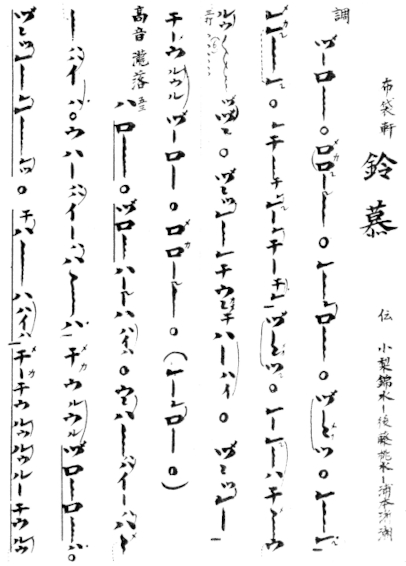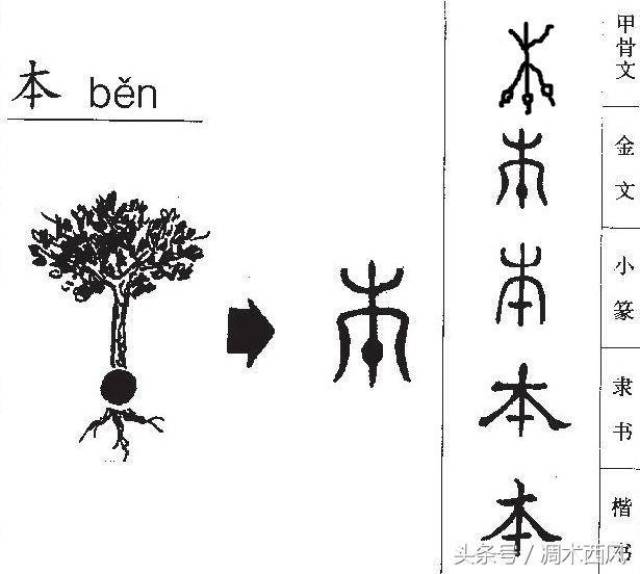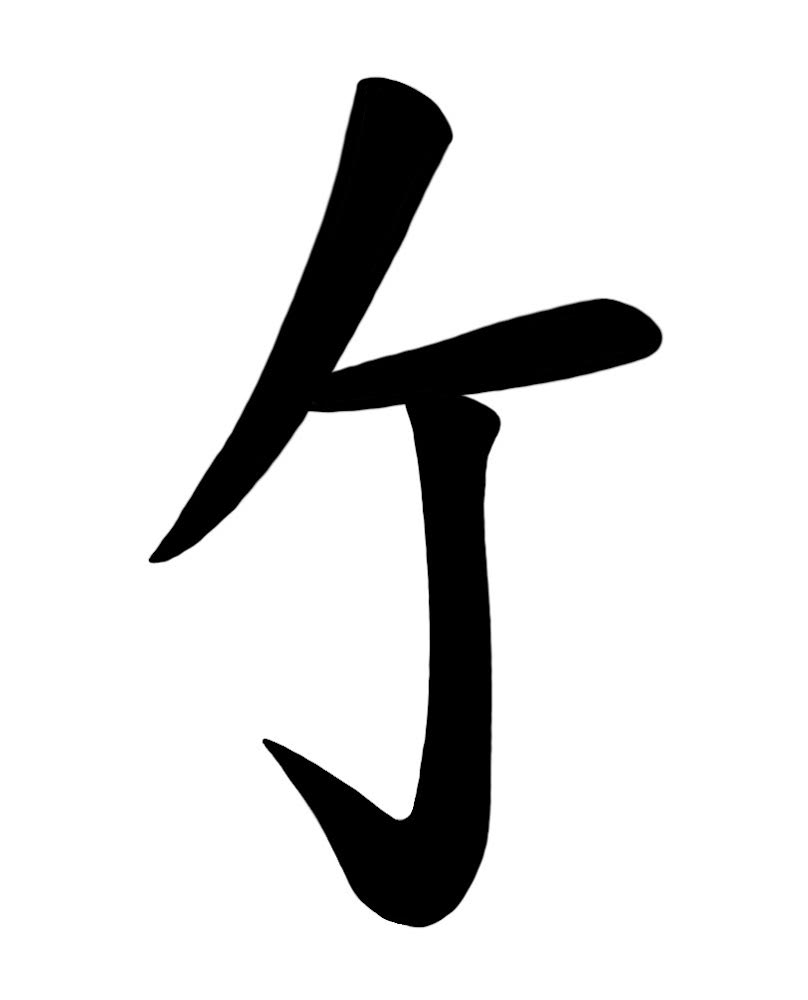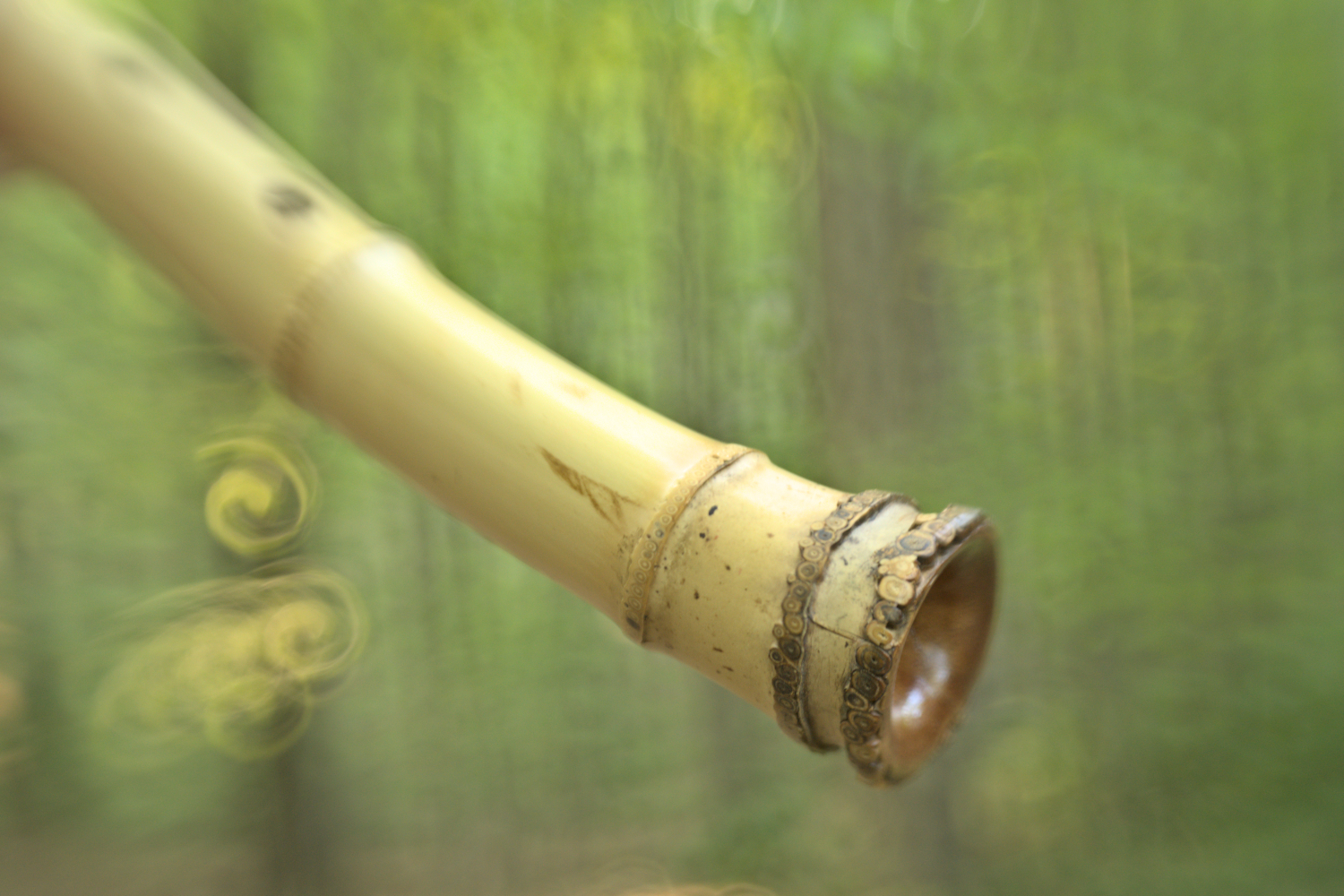Honkyoku: The Most Revered Shakuhachi Pieces

To begin learning, see my Shakuhachi Note Charts, and then, Your First Honkyoku Kyorei.
Honkyoku (本曲) stands as the most revered genre of shakuhachi music. These profound pieces were primarily composed by anonymous Komuso (虚無僧) which were the shakuhachi playing monks of the Fuke sect. For many, Honkyoku are more than music; they’re considered deeply meditative and spiritual in nature. Both the compositions themselves and the diverse methods of playing them were influenced by Buddhism (especially Shomyo liturgy, 声明), Japan’s indigenous religion Shinto (神道), and the ascetic training traditions of Shugendo and the Shugyo (修験道•修行).
This genre is believed to have originated on the southern island of Kyushu. Over time, distinct regional styles blossomed across Edo period Japan. While many pieces are thought to have been tragically lost during the tumultuous upheaval of the Meiji Restoration (1868–1912), the surviving works collectively form the largest body of solo flute music in the entire world.
Behind the Name: Honkyoku

The word Honkyoku can refer both to a single composition and to the entire genre. The Kanji for Hon (本) beautifully depicts a tree with branches spreading above and roots reaching below, symbolizing foundation and essence. Kyoku (曲) translates simply to ‘piece,’ ‘composition,’ or ‘music.’ Together, they signify “original music” or “root composition.” The term may have been coined much later in the Edo period as a result of secular music being taught alongside these nonsecular pieces, thus facilitating the need to differentiate between them with an official name for the genre.
What Makes Honkyoku Unique?
Honkyoku pieces are truly unique in several profound ways:
- Solo and Spatial: They are predominantly solo compositions, punctuated by deliberate pauses of silence between phrases, allowing the listener to absorb the resonance and the space within the sound.
- Unbound by Strict Rhythm: The majority of Honkyoku do not adhere to a strictly set rhythm or rigid melodic structures. While their composers were broadly influenced by Wagaku (和楽, ‘Japanese music’), which in turn drew from Chinese and Korean traditions, the scales or modes used in Honkyoku, often called the ‘Koto scale’, are apparently endemic to Japan.
- Nuance Beyond Notation: These pieces are incredibly nuanced, making transcription to Western staff notation virtually impossible. Even traditional shakuhachi Katakana notation systems cannot fully convey their subtle complexities. It’s akin to trying to infer or convey the accent of a regional dialect solely through written text. For this profound reason, the living transmission of Honkyoku has always occurred, and must continue to be passed on directly from teacher to student.
As you delve deeper into the world of shakuhachi, I hope this guide helps you appreciate the profound depth and nuance embodied in Honkyoku. Each note, each silence, and each subtly crafted movement carries centuries of tradition and devotion. May your own path with the shakuhachi be a continuous exploration of these timeless pieces and the silent spaces between them, connecting you to a rich legacy that truly transcends words.

